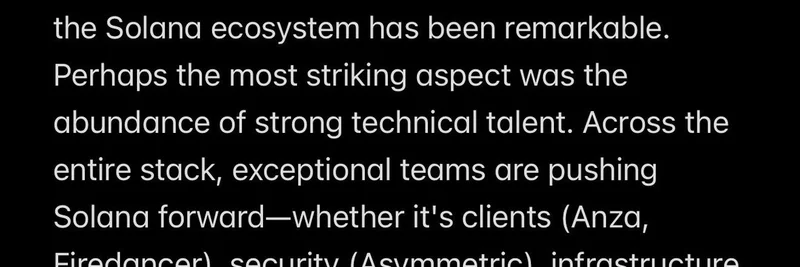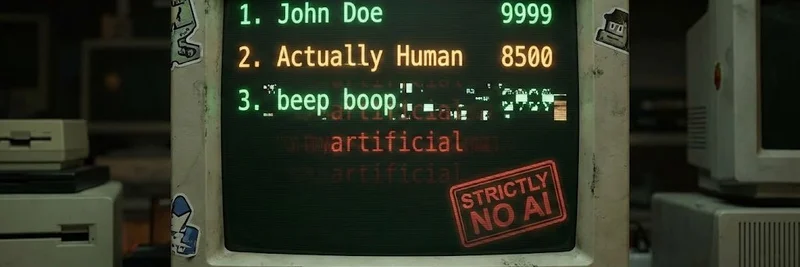In the fast-paced world of meme tokens, terms like "Chinese coins" often pop up in discussions on X (formerly Twitter). But what does this really mean? A recent thread from crypto investor Kyle (@0xkyle__) sheds light on the topic, emphasizing that it's not about race but rather a shorthand for a specific type of token structure. Let's break it down in simple terms.
Kyle points out that labeling something as a "Chinese coin" is a simplification. At its core, it refers to meme tokens or cryptocurrencies that tend to have a more aligned holder base—meaning the people holding the tokens are mostly retail investors or community members, without heavy involvement from venture capitalists (VCs). VCs are big investors who often buy in early at low prices and might dump their holdings later, which can hurt the token's price and community morale.
Why does this matter for meme tokens? Meme coins thrive on hype, community engagement, and viral moments. When there's no VC overhang— that's the term for the potential selling pressure from those early investors—the token can feel more "fair" to everyday holders. It's like a grassroots movement where everyone starts on a somewhat level playing field. Kyle stresses that just because a coin is associated with Chinese developers or communities doesn't automatically make it fit this mold; it's the absence of VCs that's key, not the nationality.
This perspective sparked some replies in the thread. One user, @whemohere, called it "pattern recognition not profiling," suggesting that spotting these trends is based on observed behaviors in the market rather than bias. Another, @defidisciple_, humorously noted how some folks just enjoy being "racist for no reason" in crypto spaces. And @ChiefOfInterns brought up a similar issue with coins from Indian founders, which often get unfairly labeled as "jeet coins"—a derogatory term implying quick sells or scams.
For blockchain practitioners dipping into meme tokens, understanding these nuances can help you navigate the space better. Look beyond labels: Check the token's distribution, launch mechanics (like fair launches where no one gets preferential treatment), and community vibes. Tools like DexScreener or Solana Explorer can give you insights into holder concentrations and VC wallets.
In the end, Kyle's thread is a reminder that crypto is global and diverse. Stereotypes can mislead, but focusing on fundamentals—like aligned incentives—leads to smarter plays. If you're building or investing in meme tokens, aim for structures that empower the community over insiders. That's the real edge in this wild market.


